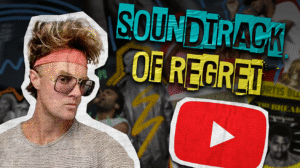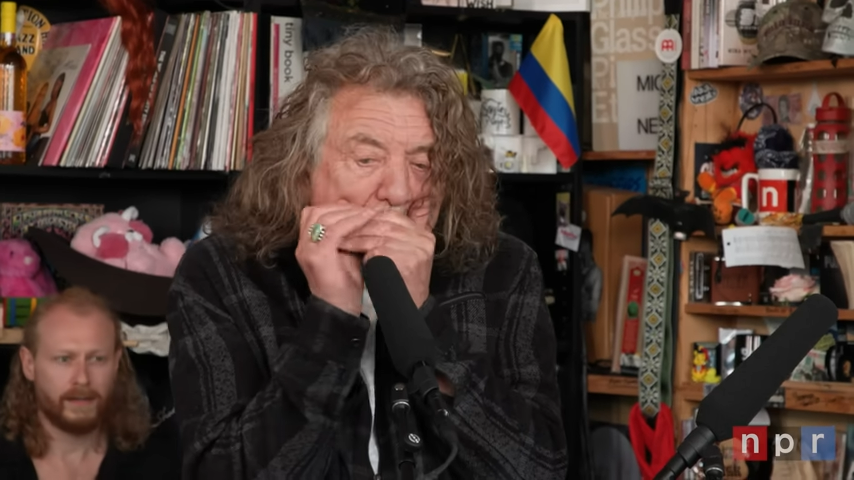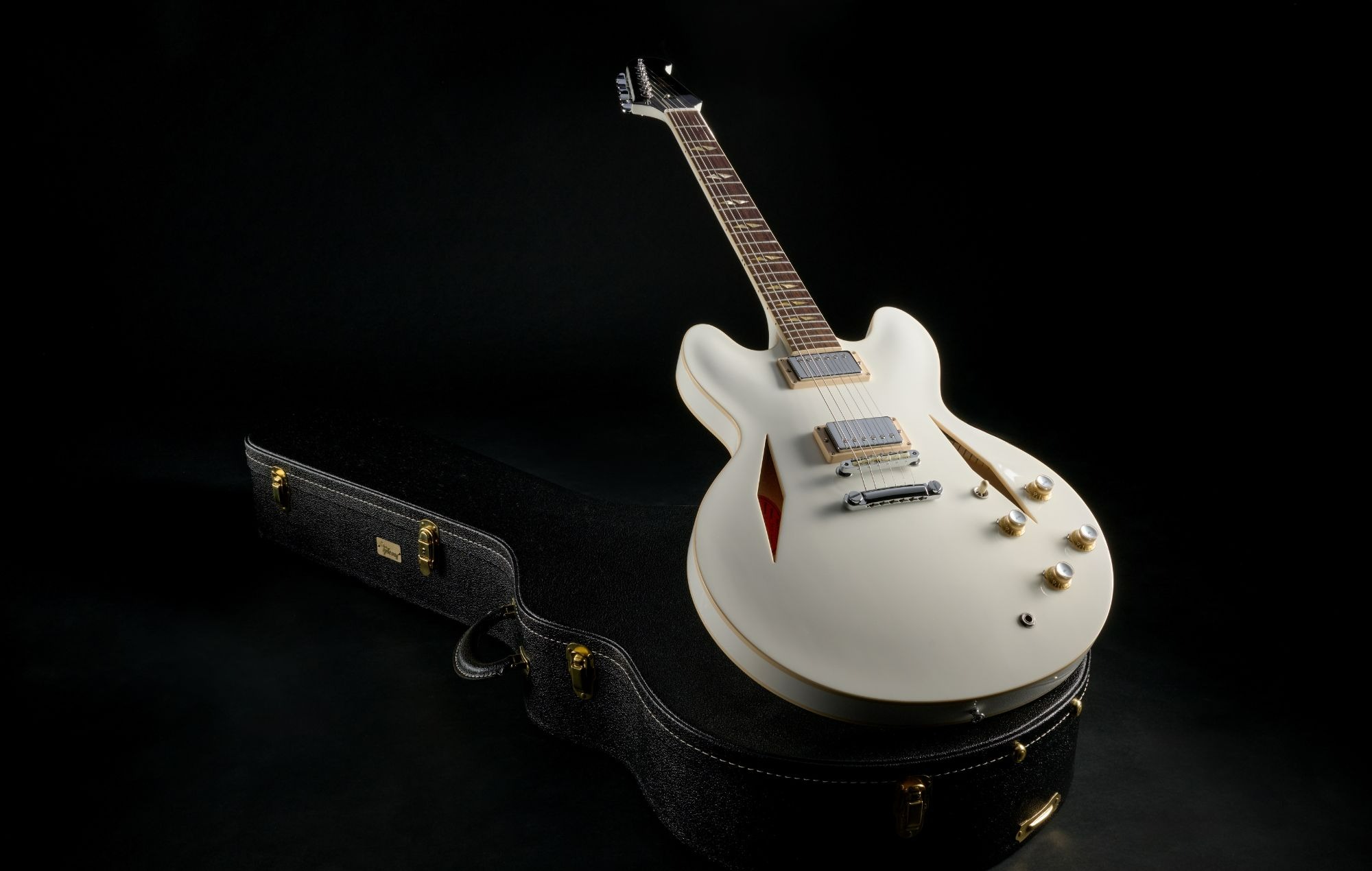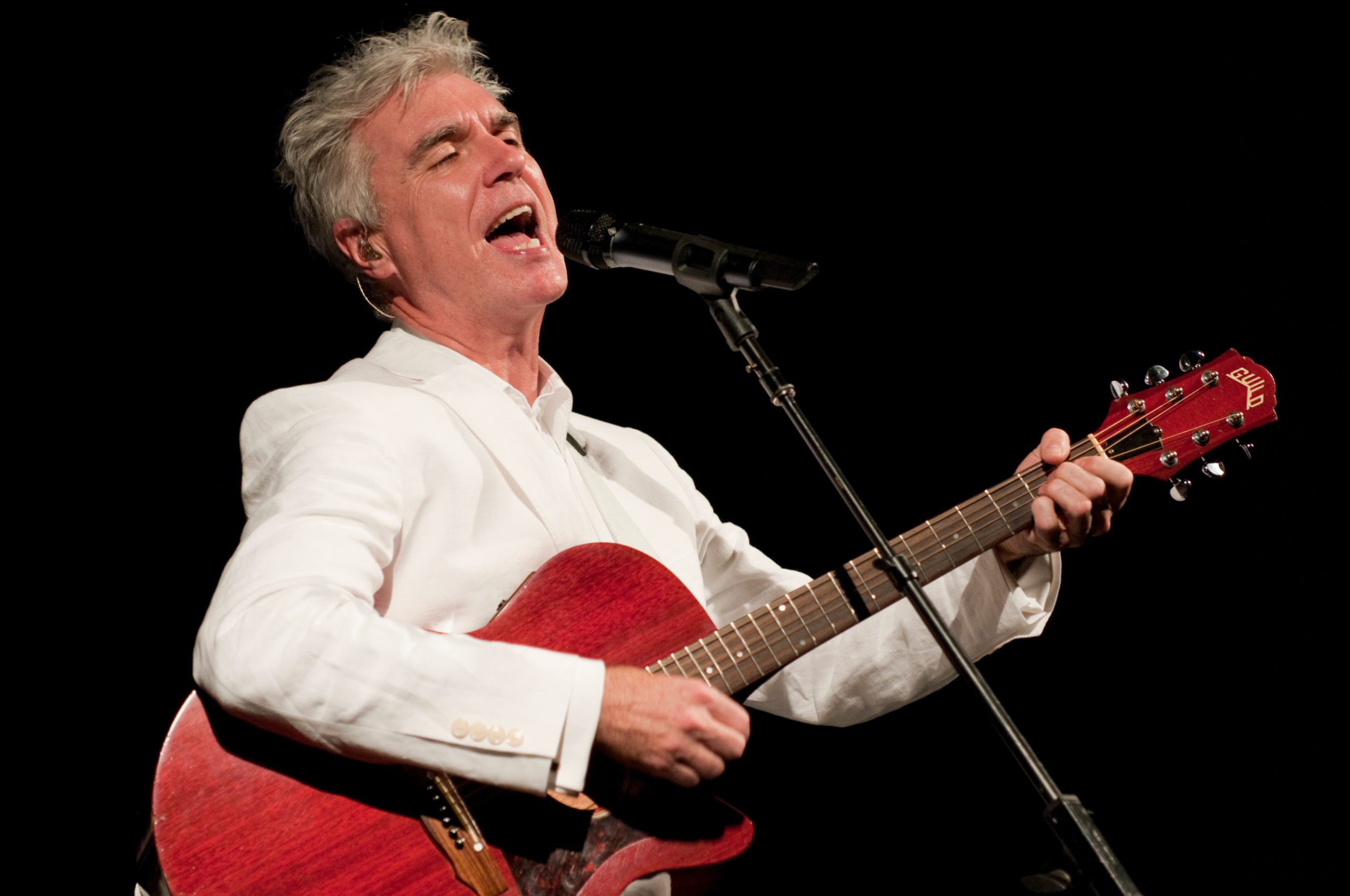
Let’s talk about 1967—a year when music did more than just fill the awkward silence at your aunt’s dinner party. This was the year artists actually had the audacity to say something meaningful (shocking, I know) through complex melodies that would absolutely baffle today’s three-chord wonders. While your Spotify algorithm feeds you eerily similar pop concoctions, 1967 was serving up sonic feasts that changed the cultural menu forever.
Artists like Lulu, The Doors, and Aretha Franklin weren’t just making catchy tunes—they were crafting musical manifestos that captured a society frantically trying to reinvent itself. Ready to discover what music sounds like when it’s not being created specifically for TikTok dances? Buckle up, because these songs pack more substance than your entire Instagram feed.
15. “To Sir with Love” by Lulu

Lulu’s “To Sir with Love” became such a chart phenomenon in 1967 that it actually dominated Billboard’s year-end rankings—while simultaneously being the only #1 hit that year to not receive a Grammy nomination (talk about being snubbed by the establishment). This Scottish teenager’s powerhouse vocals make today’s Auto-Tuned sensations sound like they’re singing through a drive-thru speaker.
The song tackled interracial relationships and educational transformation when most pop hits were still agonizing over who took the last dance. Even more impressive? Lulu knocked it out in a single take, which is the recording equivalent of winning MasterChef with a microwave and some leftovers.
14. “The Letter” by The Box Tops

“The Letter” crashed into 1967’s music scene like that friend who doesn’t understand the concept of an “indoor voice.” While other bands were polishing their sounds to pristine perfection, The Box Tops delivered something that sounded like it had been dragged through a Memphis gutter—in the absolute best way possible.
Alex Chilton was belting out this track at 16 with a voice that suggested he’d been gargling whiskey and cigarettes since kindergarten. At just 1 minute and 58 seconds—shorter than most YouTube ads you can’t skip—it became one of history’s briefest chart-toppers. Efficiency was apparently invented in 1967. (Are you taking notes, Taylor Swift?)
13. “Ode to Billie Joe” by Bobbie Gentry

If “Ode to Billie Joe” were released today, it would spawn 37 true crime podcasts and a limited Netflix series within a week. Bobbie Gentry crafted the musical equivalent of a Southern Gothic novel, complete with mysterious objects being thrown off bridges and family dinner conversations that aggressively avoid the elephant in the room.
Gentry managed to blend country, pop, and folk while singing about suicide in a way that somehow got mainstream radio play—a feat that would make today’s label executives spontaneously combust. Her subsequent disappearing act from the music industry only added to the mystique. (Take note, modern celebrities: this is how you maintain an aura of mystery without posting daily Instagram Stories from your bathroom.)
12. “Windy” by The Association

“Windy” is what happens when a bunch of musicians decide to create sunshine in audio form. The Association engineered a track so relentlessly upbeat that it should come with a warning label for cynics. The band was sneakily slipping Eastern philosophy into what sounded like the musical equivalent of a beach volleyball montage.
Despite what the lyrics suggest, “Windy” wasn’t based on a real person, which means The Association created an entire fictional character more memorable than most actual celebrities. The song’s complex vocal arrangements required more coordination than a synchronized swimming team, yet they make it sound effortless—like quantum physics explained by your coolest uncle.
11. “I’m a Believer” by The Monkees
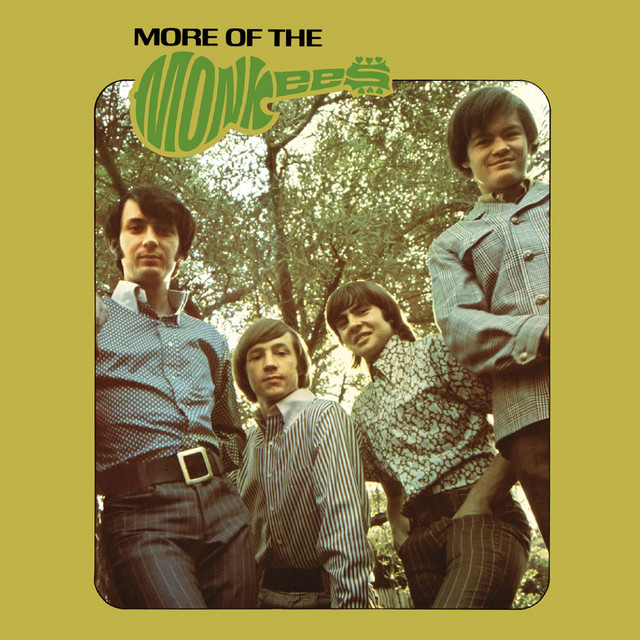
The Monkees: a band created for TV that had the audacity to actually become good musicians (a concept that would give today’s reality show producers an aneurysm). Music purists still debate their legitimacy with the same intensity as people arguing about whether pineapple belongs on pizza.
Neil Diamond wrote “I’m a Believer,” but The Monkees owned it so completely that most people forget it wasn’t their original creation (kind of like how everyone thinks Trent Reznor covered Johnny Cash’s “Hurt”). The song spent seven weeks at #1, proving that authenticity is nice, but a catchy chorus is nicer. Its later Shrek revival introduced the song to a generation who thought The Monkees was just a typo for The Arctic Monkeys.
10. “Light My Fire” by The Doors
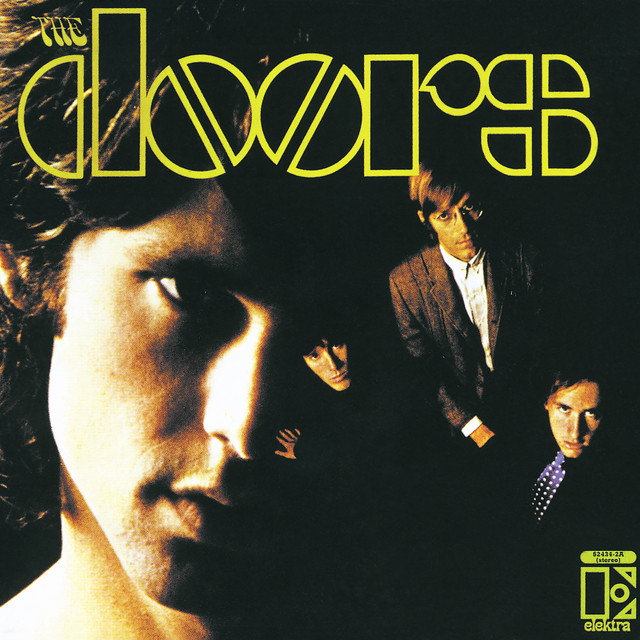
Ever wonder what would happen if you combined classical organ training, jazz influences, provocative poetry, and a frontman with a god complex? “Light My Fire” is your answer. The Doors created a seven-minute opus that radio stations somehow couldn’t resist, despite it being approximately six minutes longer than the attention span of the average listener.
The band’s infamous Ed Sullivan Show rebellion—promising to replace “girl, we couldn’t get much higher” with something more wholesome, then performing it unchanged anyway—was the 1967 equivalent of hitting “reply all” to an email criticizing your boss… intentionally. This act of musical defiance occurred as anti-war protests were heating up, making The Doors‘ rebellious stance less “edgy rock stars” and more “saying the quiet part out loud.”
9. “Happy Together” by The Turtles

The Turtles created the ultimate friend-zone anthem with “Happy Together,” a song entirely about an imaginary relationship that exists solely in the narrator’s head. (If it were written today, it would definitely include a verse about stalking someone’s Instagram at 3 AM.)
The track knocked The Beatles’ “Penny Lane” from the #1 spot, which is like your homemade science project beating NASA. Its exploration of fantasy relationships feels even more relevant in our current era of carefully curated social media personas and dating app profiles that bear only a passing resemblance to reality. The song’s perfect harmonies create an idealized version of love that reality can never live up to—just like those filters we all use on our profile pics.
8. “Groovin’” by The Young Rascals

If Sunday afternoons had an official soundtrack, “Groovin’” would be it. The Young Rascals created this laid-back masterpiece by literally tapping on an ashtray for percussion, proving that one person’s trash receptacle is another’s musical instrument. (Before you get excited, no, banging on your kitchen pots will not produce similar results.)
This track represented The Rascals’ evolution from frenetic garage rock to something more sophisticated—like watching your hyperactive friend discover meditation and suddenly develop an indoor voice. Released in spring 1967, “Groovin’” perfectly captured the calm before the storm of the Summer of Love, when relaxation was still possible before everyone got too busy questioning authority and growing out their hair.
7. “Respect” by Aretha Franklin

Aretha Franklin didn’t just cover Otis Redding’s “Respect”—she performed a complete ownership transfer so thorough that most people don’t even realize it wasn’t hers to begin with. This is the musical equivalent of someone borrowing your sweater and looking so good in it that you feel awkward asking for it back.
Franklin transformed a man’s plea for domestic recognition into a thunderous demand for gender and racial equality by adding the now-iconic “R-E-S-P-E-C-T” spelling and “sock it to me” backup vocals. The song became so powerful that it’s probably responsible for at least 17% of all confidence ever felt by anyone anywhere. Even today, it’s impossible to listen to without standing a little taller—or using a hairbrush as a microphone in front of your bathroom mirror.
6. “Come Back When You Grow Up” by Bobby Vee

Bobby Vee delivered the 1967 version of “it’s not you, it’s… actually no, it definitely is you” with “Come Back When You Grow Up.” Having started his career by replacing Buddy Holly after his tragic death (talk about pressure), Vee evolved from teen heartthrob to purveyor of sophisticated emotional takedowns.
The song masquerades as a catchy pop tune while actually being a master class in telling someone they’re emotionally stunted. It’s like getting a devastating personality assessment wrapped in candy coating. The polished production and Vee’s warm delivery make the lyrical equivalent of “call me when you’ve done some therapy” go down surprisingly smoothly.
5. “Kind of a Drag” by The Buckinghams

“Kind of a Drag” showcases Chicago’s musical style like a deep-dish pizza showcases the city’s culinary philosophy: it’s excessive, distinctive, and absolutely worth the indulgence. The Buckinghams created a perfect fusion of horn sections and rock beats—basically the musical equivalent of that friend who’s somehow equally comfortable at symphony halls and dive bars.
The song’s standout organ part wasn’t even supposed to be there—it was a mistake they kept in the final mix, proving once again that some of history’s greatest achievements were originally accidents. (Penicillin, potato chips, and now this killer organ riff.) This happy accident helped define the Chicago sound that would influence countless artists and make horn sections cool again outside of high school marching bands.
4. “Expressway to Your Heart” by The Soul Survivors

Think you can accurately guess a band’s ethnicity or hometown based on their sound? “Expressway to Your Heart” is here to humble you. Despite creating a quintessential Philly soul classic, The Soul Survivors were white guys from New York, demonstrating that cultural appropriation and genuine artistic appreciation have always shared an uncomfortably blurry boundary.
The song cleverly uses traffic congestion as a metaphor for romantic obstacles, which remains relevant today—though now we’d probably compare relationship troubles to bad WiFi or unanswered texts. The Soul Survivors delivered authentic soul with such conviction that genre purists were forced to respect them, proving that sometimes it’s not where you’re from but where you’re at. (Though let’s be honest, this kind of genre-crossing would spark at least three Twitter cancellation attempts today.)
3. “Soul Man” by Sam & Dave

“Soul Man” wasn’t just born from the civil rights movement—it was practically its musical birth certificate. Songwriters Isaac Hayes and David Porter were inspired by Detroit’s 1967 riots, where buildings marked with “soul” indicated Black-owned businesses that should be protected during the unrest. That’s right—this infectious dance track actually emerged from literal urban warfare.
Sam & Dave brought their gospel backgrounds to secular music with all the subtlety of a revival tent during a lightning storm. Their energetic performance, backed by the mighty Memphis Horns, created something so powerful that white America couldn’t help but dance to a celebration of Black identity—probably without fully realizing what they were grooving to. (Cultural awakening has always been more palatable with a good backbeat.)
2. “Never My Love” by The Association

According to actual statistics that somehow exist for this sort of thing, “Never My Love” is the second most-played song in American broadcasting history. This means that whether you wanted to hear it or not, it has been sonically stalking Americans for generations.
The Association crafted a love song so universally appealing that it transcends age, taste, and apparently time itself. While other songs from 1967 were screaming for revolution or expanding consciousness, “Never My Love” quietly conquered the airwaves with lush harmonies and a simple promise of devotion that doesn’t involve setting anything on fire. Its sophisticated production techniques influenced countless artists who probably wouldn’t admit to listening to something so unabashedly romantic. (It’s OK, we all have our guilty pleasures—some people just hide them better than others.)
1. “Incense and Peppermints” by Strawberry Alarm Clock

If you condensed the entire psychedelic movement into 2 minutes and 47 seconds, you’d get “Incense and Peppermints”—a song that sounds like what happens when your hippie uncle explains his vision quest while kaleidoscope visuals play in the background. Strawberry Alarm Clock (a band name that absolutely would not make it past today’s branding consultants) created the perfect sonic representation of what the ’60s were supposed to be.
The most mind-bending fact? The lead vocalist was a 16-year-old friend who wasn’t even in the band. Imagine letting your buddy’s teenage kid sing lead on your potential hit record. That’s either the most enlightened act of artistic community or proof that everyone was indeed on drugs. Either way, the song’s swirling organ, jangling guitars, and cryptic lyrics became the unofficial soundtrack to a generation trying to expand their consciousness—or at least pretending to at parties.






